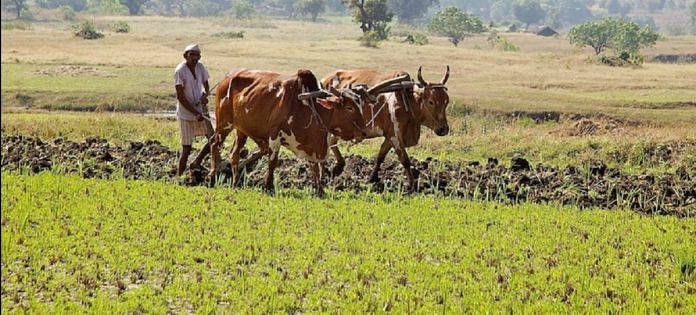The special purpose vehicle is going ahead with developing just three nodes for now, may take up four more once it gets consent for land pooling.
Mumbai: With land acquisition proving to be a big challenge, the BJP-led Maharashtra government will go slow on developing townships along the proposed Mumbai-Nagpur expressway, one of CM Devendra Fadnavis’ pet projects, ThePrint has learnt.
Called ‘Samruddhi Mahamarg’ (prosperity corridor), a key takeaway of the 700-km road project was the development of new towns along the alignment as ‘agro prosperity centres’ in a bid to galvanise the farm sector across Konkan, Marathwada and Vidarbha.
However, the government is now facing stiff resistance to land acquisition in certain pockets. While it has provisioned for 17 new townships along the corridor — down from the original proposal for 24 — for now, the special purpose vehicle (SPV) constituted for the project is going ahead with just three.
“We will go ahead with developing only those townships where people are completely comfortable with the state’s land pooling scheme and willing to participate in it,” Radheshyam Mopalwar, managing director of the Maharashtra State Road Development Corporation (MSRDC) under which the SPV is constituted, told ThePrint.
“As of now, there are three such nodes where the local villagers have given consent to give up their land for development of new townships and opt for land pooling,” he added.
There are four more planned townships where villagers seem willing to part with their land and the process of getting consent is underway, Mopalwar claimed.
“For the rest of the planned nodes, we will have consultations with people to get them on board. But if they don’t seem comfortable being a part of the land pooling scheme at all, we will not acquire land,” he said.
“We will simply prepare development plans and development control regulations and act as a planning authority,” he maintained.
The Mumbai-Nagpur expressway will connect the two major cities in Maharashtra, making it possible to travel the 706-km road distance in six hours.
The expressway will pass through 10 districts and link some of the state’s most backwards areas, including Vidarbha and Marathwada, to Thane.
Land acquisition hurdles
As per the original estimate for 24 nodes, the state government was to acquire 10,800 hectares of land. The actual highway and wayside amenities need 10,020 hectares more, mostly agricultural land. A section of farmers has thrown a spanner in the works. Even some political parties are criticising the BJP-led government for taking away fertile agricultural land for infrastructure projects.
While the government offered a “handsome compensation” to farmers affected by the project under the land pooling scheme, it met with a tepid response. As a result, for the main highway, the state government has now mostly been buying land outright with a one-time settlement as compensation.
Under the land pooling scheme, the project-affected become stakeholders as they voluntarily surrender their land in exchange for a portion of the developed land.
For the Mumbai-Nagpur expressway, the state government is offering 25 per cent development land for every one acre of dry land and 30 per cent of developed land for every acre of irrigated land.
Besides, the government will also pay land owners a compensation of Rs 20,000 to Rs 40,000 for every acre for 10 years with an assured increase on an annuity basis.
“Farmers were probably not keen on opting for the land pooling scheme for the highway because they feared there will not be any clarity on where they will get the developed plot,” Mopalwar said.
“But when it comes to the new nodes, they know that the developed land will be in the vicinity of their original plot as it will be in the same township,” he said.
Agro prosperity centres
The state government’s plan was to build new towns to make them agricultural hubs along the expressway and boost employment in the districts through which the corridor will pass.
The nodes are to be equipped with basic infrastructure and social amenities such as roads, hospitals, schools, colleges, electricity, water supply, fire brigade services, space for commercial activities such as shops, hotels, offices and industries.
The larger plan is to equip these nodes with godowns for agricultural produce, food processing units, cold storage facilities, soil testing centres, veterinary clinics and so on to aid the adjoining agricultural belts.
As per the state government’s promises, each node will create employment for 20,000 to 25,000 people.
The three new townships on which the MSRDC is starting detailed planning are at Arvi in the Wardha district (1,133 hectares), Sindkhedraja in Buldhana (1,944 hectares) and across Vaijapur and Kopargaon, partly in the Ahmednagar district and partly in Aurangabad (1,968 hectares).
The MSRDC is scouting for consultants to help it formulate a development strategy and prepare a plan for the three new townships by collecting the necessary maps, data, conducting ground surveys, mapping existing land use and so on.
The corporation will also seek the consultant’s assistance in implementing the land pooling scheme in these nodes, preparing draft and final layout plans, planning infrastructure and implementation methodology and so on.






